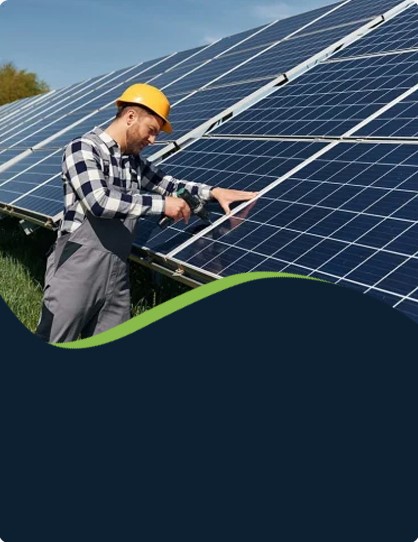
-
[email protected]

-
Building 1, No. 21 Shengfa Road, Lucheng District, Wenzhou, Zhejiang, China



Photovoltaic (PV) modules play a crucial role in converting sunlight into usable electricity. As solar power technology advances, different types of PV modules have emerged, including Thin Film PV Modules, PV Cell Modules, and Photovoltaic PV Modules.

Thin Film PV Modules are a type of solar panel that use layers of photovoltaic material, such as amorphous silicon, cadmium telluride, or copper indium gallium selenide, which are deposited on a substrate, typically glass or metal. These layers are much thinner than traditional silicon-based solar cells, often just a few micrometers thick.
One of the main advantages of Thin Film PV Modules is their flexibility, making them ideal for applications where traditional rigid panels may not be feasible. This flexibility allows for integration into a wider range of surfaces, such as curved or unconventional roofs, and even in building-integrated photovoltaics (BIPV).
However, Thin Film PV Modules generally have a lower efficiency compared to other types of solar panels. This means that larger surface areas are required to generate the same amount of electricity as traditional crystalline silicon panels. Despite this, Thin Film modules remain a popular choice for large-scale applications like utility-scale solar farms, where space is abundant and cost considerations are more important than panel efficiency.
A PV Cell Module is the fundamental building block of any photovoltaic system. It consists of several individual photovoltaic cells that are connected together to form a module capable of generating a significant amount of electricity. These cells are typically made from silicon, either monocrystalline or polycrystalline, which are the most commonly used materials in the solar industry due to their high efficiency and durability.
The primary advantage of PV Cell Modules is their efficiency in converting sunlight into electricity. Monocrystalline silicon cells are known for their high efficiency rates, especially in areas with limited space. Polycrystalline cells are generally less efficient but are also more affordable, making them suitable for applications where cost is a primary consideration.
PV Cell Modules are widely used in both residential and commercial solar installations. They can be installed on rooftops, ground-mounted systems, or in solar farms, depending on the available space and energy needs.
A PV Cell Module is the fundamental building block of any photovoltaic system. It consists of several individual photovoltaic cells that are connected together to form a module capable of generating a significant amount of electricity. These cells are typically made from silicon, either monocrystalline or polycrystalline, which are the most commonly used materials in the solar industry due to their high efficiency and durability.
The primary advantage of PV Cell Modules is their efficiency in converting sunlight into electricity. Monocrystalline silicon cells are known for their high efficiency rates, especially in areas with limited space. Polycrystalline cells are generally less efficient but are also more affordable, making them suitable for applications where cost is a primary consideration.
PV Cell Modules are widely used in both residential and commercial solar installations. They can be installed on rooftops, ground-mounted systems, or in solar farms, depending on the available space and energy needs.
Thin Film PV Modules are flexible and ideal for applications where traditional solar panels may not be practical, such as curved surfaces or large-scale solar farms. PV Cell Modules, made from silicon, offer higher efficiency and are widely used in both residential and commercial solar systems. Photovoltaic PV Modules, a broad category encompassing various types of solar technology, offer versatility and scalability, making them suitable for a wide range of energy needs.
Your email address will not be published. Required field are marked*
